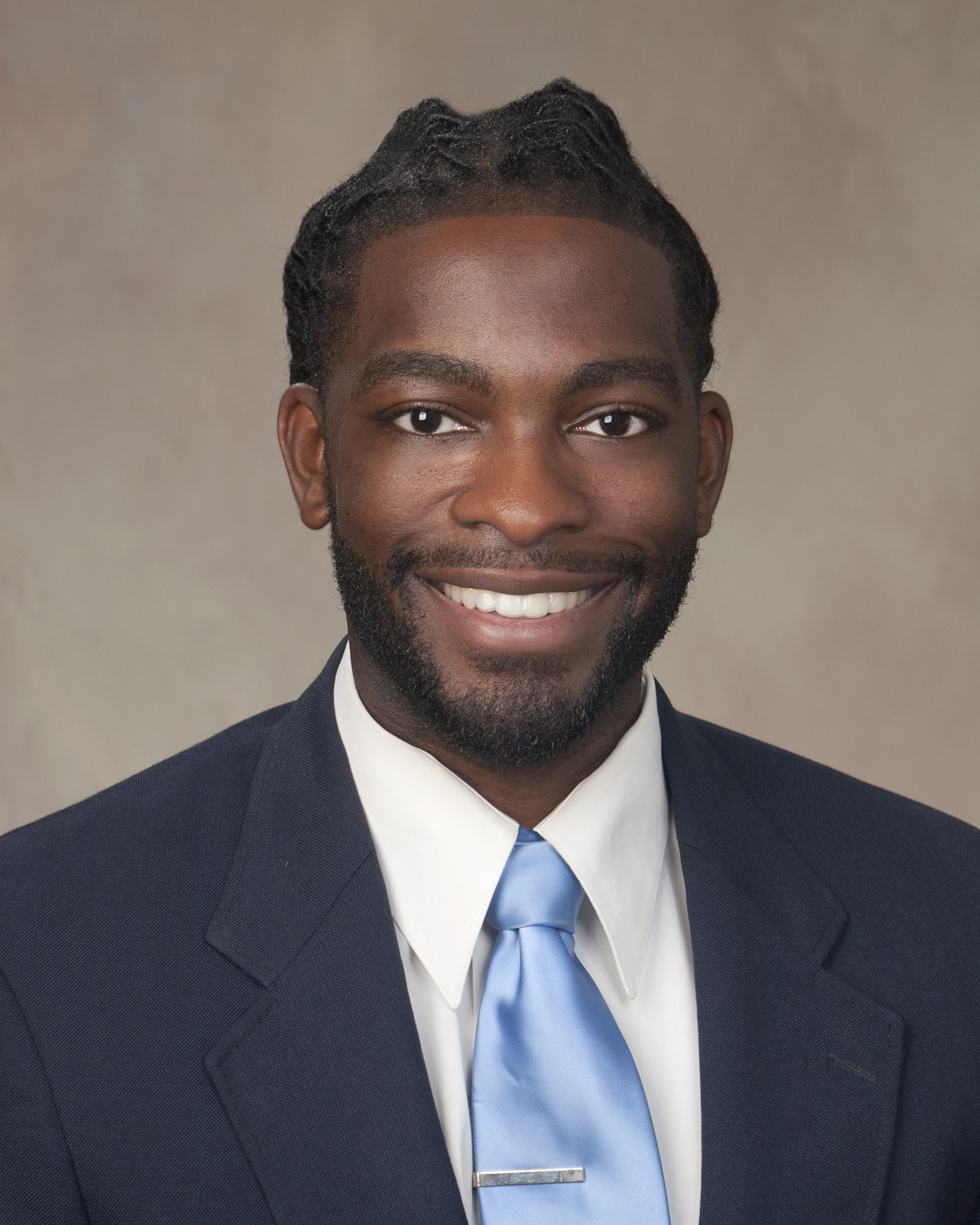HOPE VP of Policy & Advocacy Kiyadh Burt Testifies Before U.S. House Financial Services Committee on Challenges and Solutions to Closing Racial Wealth Gap in Black Belt Communities
November 22nd, 2022
By Kiyadh Burt, Vice President of Policy & Advocacy and Interim Director
On November 15th, 2022, Vice President of Policy and Advocacy Kiyadh Burt testified before the House Financial Services subcommittee on Housing, Community Development and Insurance hearing entitled, “Persistent Poverty in America: Addressing Chronic Disinvestment in Colonias, the Southern Black Belt, and the U.S. Territories.”
In the testimony, summarized below, HOPE highlights the challenges and solutions to closing the racial wealth gap in persistent poverty areas in Black Belt communities through homeownership, increasing investment in Community Development Financial Institutions (CDFIs) and Minority Depository Institutions (MDIs), and expanding accountability among all financial institutions to ensure equitable access to capital and services.
To read the full testimony, please click here. To view the hearing, please click here.
Since 1994, HOPE has worked to increase financial inclusion among the most vulnerable populations throughout the Deep South states of Alabama, Arkansas, Louisiana, Mississippi, and Tennessee – a region that is home to more than a third of the nation’s persistent poverty counties, most of which are rural. Rural regions of persistent poverty suffer from systemic underinvestment, particularly communities where the majority of persons are people of color.
Many persistent poverty areas, especially rural Black Belt counties in the Deep South, are banking deserts. First, consider that three-quarters of the 158 counties nationwide that have household unbanked/underbanked rates at 1.5 times the national average are persistent poverty counties.[1] Second, of the 20 largest banks in the Southeast, the Federal Reserve Bank of Atlanta, found that only one bank has branches in the Mississippi Delta.[2] Overall, the Deep South is home to the highest rates of unbanked households in the country despite the national unbanked rate reaching a historic low (4.5%) since the Great Recession. A similar trend holds true for rural communities and communities of color in the Deep South.[3]
For rural communities, particularly communities of color, the dearth of financial institutions presents a significant barrier to homeownership and broader economic opportunity. For these communities, the opportunities to become first-time homeowners, access capital for home improvements, or refinancing are simply not available through mainstream financial institutions. Conversely, as the availability of bank branches increases, the cost of mortgages decreases, meaning that communities with access to banking have access to not only mortgage products but affordable mortgage products.[4]
Closing the Racial Wealth Gap through Homeownership
The median wealth of a White household is $184,000 or eight times greater than the median wealth of a Black household at $23,000. [5] Due to historic patterns of discrimination and exclusion in housing opportunities, the racial homeownership gap remains acute. Over three-quarters of white households are homeowners, while less than half (49%) of Black households are homeowners. This disparity persists at the national level and for each state within the Deep South.[6] Eliminating racial disparities in rates of homeownership is a critical strategy for narrowing the racial wealth gap. In fact, if policy changes resulted in equalizing homeownership rates between Black and white households in the Southeast, the wealth gap would shrink by 38 percentage points.[7]
Recommendations
Given the structural challenges present in persistent poverty areas of the Black Belt, HOPE recommends the following roadmap to significantly move the needle toward progress in the Deep South:
- Provide deep funding for down payment assistance programs to close homeownership gaps
- Banks and credit unions must offer products that meet the unique needs of people living in rural persistent poverty communities – the secondary market must support them
- Streamline access to pandemic relief programs across the states to protect homeowners
- Invest in CDFIs and Minority Depositories with long track records of reaching people of color
- Incentivize the stacking of federal resources to rebuild the housing stock in rural communities
- Expand accountability among financial institutions to ensure equitable access to capital and services
- State housing finance agencies must be held accountable for meeting pandemic recovery needs of local people
- Strengthen the Community Reinvestment Act (CRA) to ensure greater equity in the financial service industry among mainstream financial institutions
Communities in America’s Black Belt have long endured persistent poverty and its associated systemic challenges. However, these communities and the institutions that serve them have demonstrated the expertise and skill to solve and circumvent the effects of race and place, most often with significantly fewer resources than other parts of the country. CDFIs with track records of reaching and working in partnership with communities of color and rural communities model solutions that work. With adequate resources supporting these institutions and increased commitment by others to do the same, it is possible to ensure prosperity and mobility in the most economically distressed communities in America’s rural persistent poverty counties.
[1] Partners for Rural Transformation (2019). “Transforming Persistent Poverty in America: How Community Development Financial Institutions Drive Economic Opportunity.” https://fahe.org/wp-content/uploads/Policy-Paper-PRT-FINAL-11-14-19.pdf
[2]Federal Reserve Board of Atlanta, “Community Reinvestment Act: Geographies and Strategies in the Southeast,”
[3] FDIC (2021). “National Survey of Unbanked and Underbanked Households”. https://household-survey.fdic.gov/custom-data
[4] Ergungor, Ozgur Emre. (2010). “Bank branch presence and access to credit in low‐to moderate‐income neighborhoods.” Journal of Money, Credit and Banking 42, no. 7 (2010): 1321-1349. https://onlinelibrary.wiley.com/doi/pdf/10.1111/j.1538-4616.2010.00343.x?casa_token=jrJZEbAG85IAAAAA:Wr9Tb0nCYfb0jHHLiUL3AoWZ9o7u_dlsEiJc4ko1BmBVawUGe0PWrCLoj3xIxh3k840k0gyKNUdPHak
[5] Shapiro, T., Meschede, T. and Osoro, S., (2013). “The roots of the widening racial wealth gap: Explaining the black-white economic divide.” Institute on Assets and Social Policy. https://drum.lib.umd.edu/bitstream/handle/1903/24590/racialwealthgapbrief.pdf
Dettling, Lisa J., Joanne W. Hsu, Lindsay Jacobs, Kevin B. Moore, and Jeffrey P. Thompson. (2017). “Recent Trends in Wealth-Holding by Race and Ethnicity: Evidence from the Survey of Consumer Finances.” FEDS Notes. Washington: Board of Governors of the Federal Reserve System, September 27, 2017. https://www.federalreserve.gov/econres/notes/feds-notes/recent-trends-in-wealth-holding-by-race-and-ethnicity-evidence-from-the-survey-of-consumer-finances-20170927.html.
[6] U.S. Census Bureau. (2022). “Table S2502: Demographic Characteristics for Occupied Housing Units”. American Community Survey 1 Year Estimates. https://data.census.gov/table?q=homeownership&tid=ACSST1Y2021.S2502
[7] Hirt, Mary. Homeownership and Racial Disparity in the Southeast. Spring 2018. https://smartech.gatech.edu/bitstream/handle/1853/59976/mary_hirt_homeownership_and_racial_wealth_disparity_in_the_southeast.pdf






